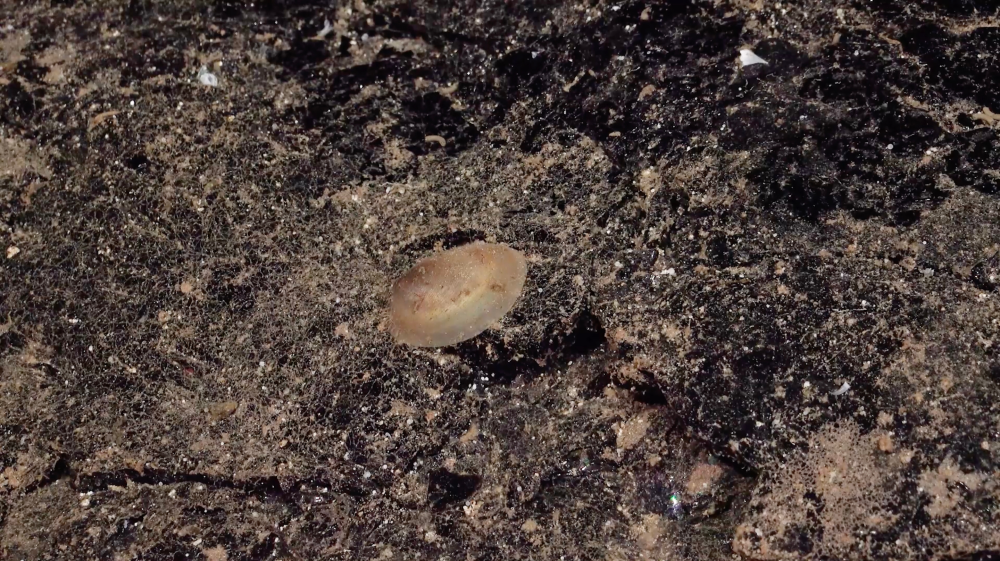A high-temperature hydrothermal vent field has been discovered in the Galápagos Marine Reserve. As well as being home to hot chimneys towering up to 15 meters (49 feet) tall, scientists discovered a host of species never spotted in the region before, including a “living fossil” mollusk.
The new-to-science cluster of chimney vents has been named Tortugas and it stretches 600 meters (1,969 feet) along the western edge of the Los Huellos East volcano. Its discovery was made possible thanks to high-resolution mapping technologies that can create maps with up to 3-centimeter (1.2-inch) resolution.
Discovering new hydrothermal vents is one benefit of the sophisticated tech, but the detail is so good that scientists can also use it to identify what animals are living in deep-sea environments. Littered along the volcano’s perimeter, the exploration expedition aboard Schmidt Ocean Institute’s research vessel Falkor (too) also stumbled upon 15 species that had never been observed in the region before.
Among them was a mollusk known as a monoplacophoran, often referred to as a “living fossil” because when it was first discovered, it was only known from Paleozoic fossils. Humans discovered living monoplacophorans by 1952, in what the University of California Museum of Paleontology describes as “one of the most important discoveries of modern biology”.

The monoplacophoran is the first to be seen alive in this environment.
Might sound like a lot of hubbub over a small limpet-like animal, but they are thought to be among the most primitive of the mollusks and it may even have been a monoplacophoran-like ancestor that gave rise to the whole phylum.
And to think, we might never have spotted this latest Galápagos resident were it not for some fancy tech.
“These finely detailed maps created with state-of-the-art technology are exceptional for the area they cover and the seafloor complexity they reveal,” said Schmidt Ocean Institute’s executive director, Dr Jyotika Virmani, in a statement emailed to IFLScience.
“In addition to increasing the scientific knowledge of the region, it is wonderful to know they will be used in Ecuador’s management of their own marine resources. Schmidt Ocean Institute is committed to stewarding new technologies that allow us to fully map and characterize the seafloor.”
The same technology recently turned up another surprise in the Galápagos Marine Reserve in the form of two coral reefs. The larger of the two is roughly the size of eight football fields at 800 meters (0.5 miles) long, while the other is a modest 250 meters (0.2 miles). Believed to have been around for thousands of years, they’re home to a very healthy ecosystem made up of a rich diversity of stony coral species that sit between 370 and 420 meters (0.22 and 0.2 miles) below the surface.
And when it comes to finding thermal vents in the Galápagos? If you haven’t got fancy mapping technologies to hand, you can always follow the crabs…
Source Link: “Living Fossil” Among 15 Species Found At Newly Discovered Vents In The Galápagos